Understanding the Difference: Structured vs Unstructured Neural Pruning
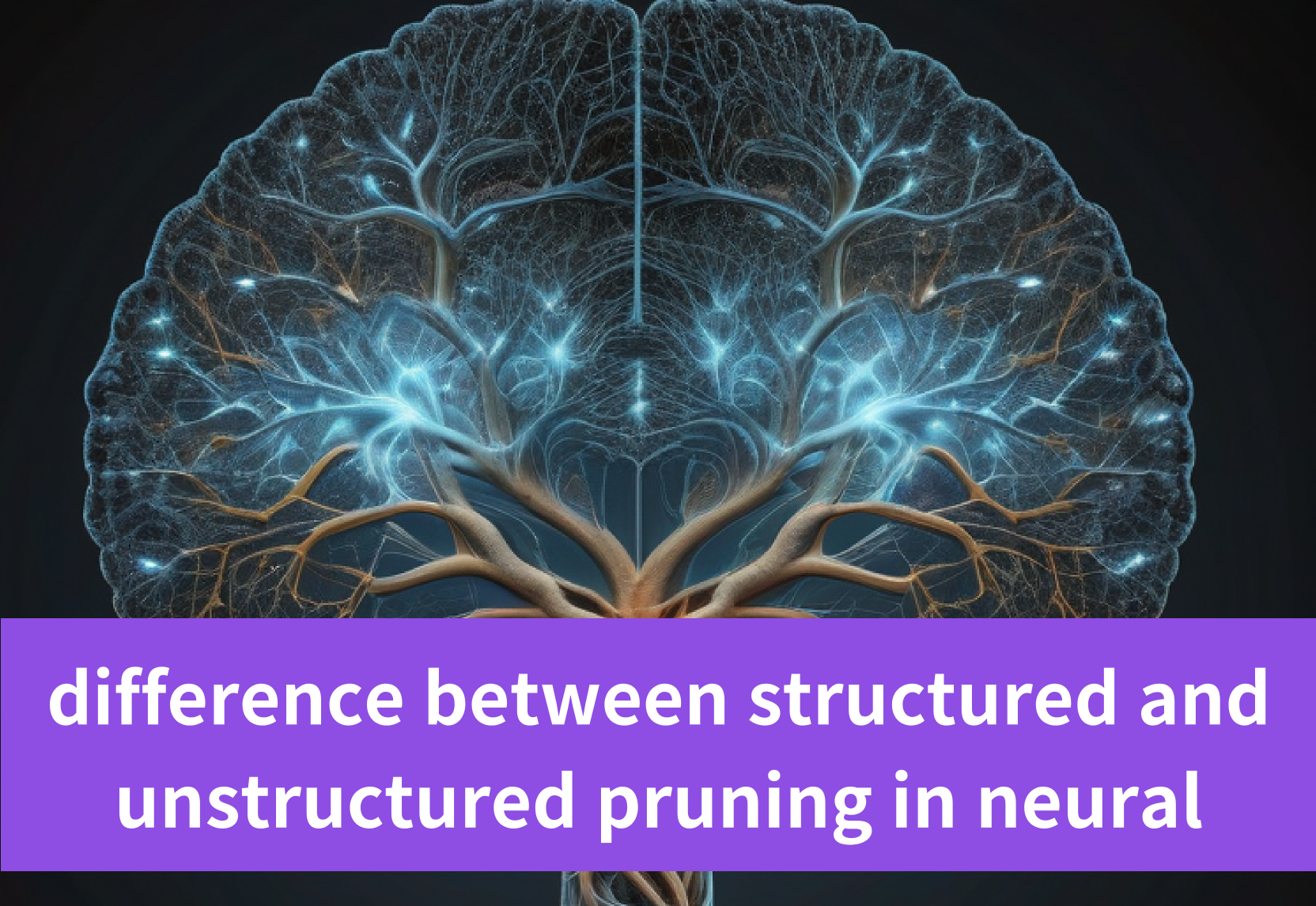
Introduction
Neural network pruning makes deep learning models faster and more memory-efficient by removing unnecessary parts. This makes the model lighter and more efficient, especially when computing power is limited. Pruning can be done during or after training. Pruning can be structured (removing whole chunks) or unstructured (removing individual parameters). It depends on the project. Pruning helps optimize AI models by reducing their size and improving efficiency.
Defining Neural Network Pruning
First of all, we need to understand: What is neural network pruning?
Pruning in neural networks removes unnecessary parts from models. This process speeds up the process. We make the model more efficient without overloading it.

We remove extra bits from the model during or after learning. We remove parts that don’t affect predictions. We make the remaining parameters work better.
The goal is to make a more efficient model that uses less power and space, ideal for smartphones. Pruned models work better and use less space.
Is Pruning Important?
The answer is absolutely YES!
Pruning is super important when we want to make AI, especially deep learning models, work better and faster. These kinds of AI can be pretty heavy on computers, needing a lot of power to learn and make decisions.
We can make AI models smaller and less complex by removing unnecessary parts. This makes them run better. It’s like finding the perfect balance so that our AIs still do their job well without slowing down, even with less computer power or space.
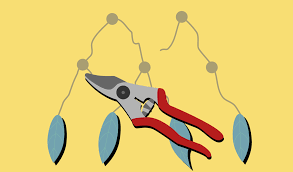
Pruning makes it easier to handle these AIs. They’re not as bulky, so you can move them around or start them up quicker.
Pruning makes our AI models leaner but still smart. This means they don’t need as much space or energy to work, which is great for places with limited computing power.
Structured vs Unstructured Pruning Explained
Now let’s come to our theme today — — In the world of neural networks, models can be trimmed down using two approaches: structured pruning and unstructured pruning.
What is Structured Pruning?
Structured pruning removes entire sections from a neural network to simplify calculations. This method removes parts that don’t help the network work well, making it more efficient. Adjusting carefully is important to keep the network working well. In computer vision, structured pruning reduces computing needs without losing efficiency.
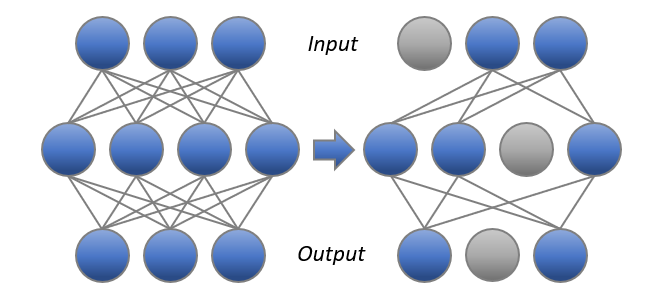
What is Unstructured Pruning?
Unstructured pruning removes individual weights from a neural network. Structured pruning removes entire chunks at once. We eliminate specific weights by setting them to zero, creating sparse weight matrices with many zeros. Unstructured pruning is easier than structured pruning. It reduces model size and may speed up deep learning tasks, but it may not always be faster than structured pruning because the overall change in computation requirements is minimal.
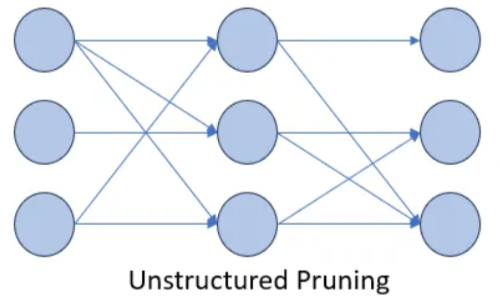
Key Differences Between Structured and Unstructured Pruning
After we’ve understand the definition of these two pruning methods, it’s time to figure out, what is the difference between them? Here I’ve listed four perspectives of comparison for you to understand.
Comparison of Methodologies
Structured pruning removes parts of the network to simplify it. Unstructured pruning targets individual weights, allowing for more precise adjustments but with a more complex process.
Impact on Model Performance and Accuracy
Structured pruning speeds up models but may slightly decrease accuracy. Unstructured pruning maintains higher accuracy but might not reduce the model’s size as much.
Differences in Implementation Complexity
Structured pruning is easier because it deals with larger chunks of the network. Unstructured pruning is more precise but more complex.
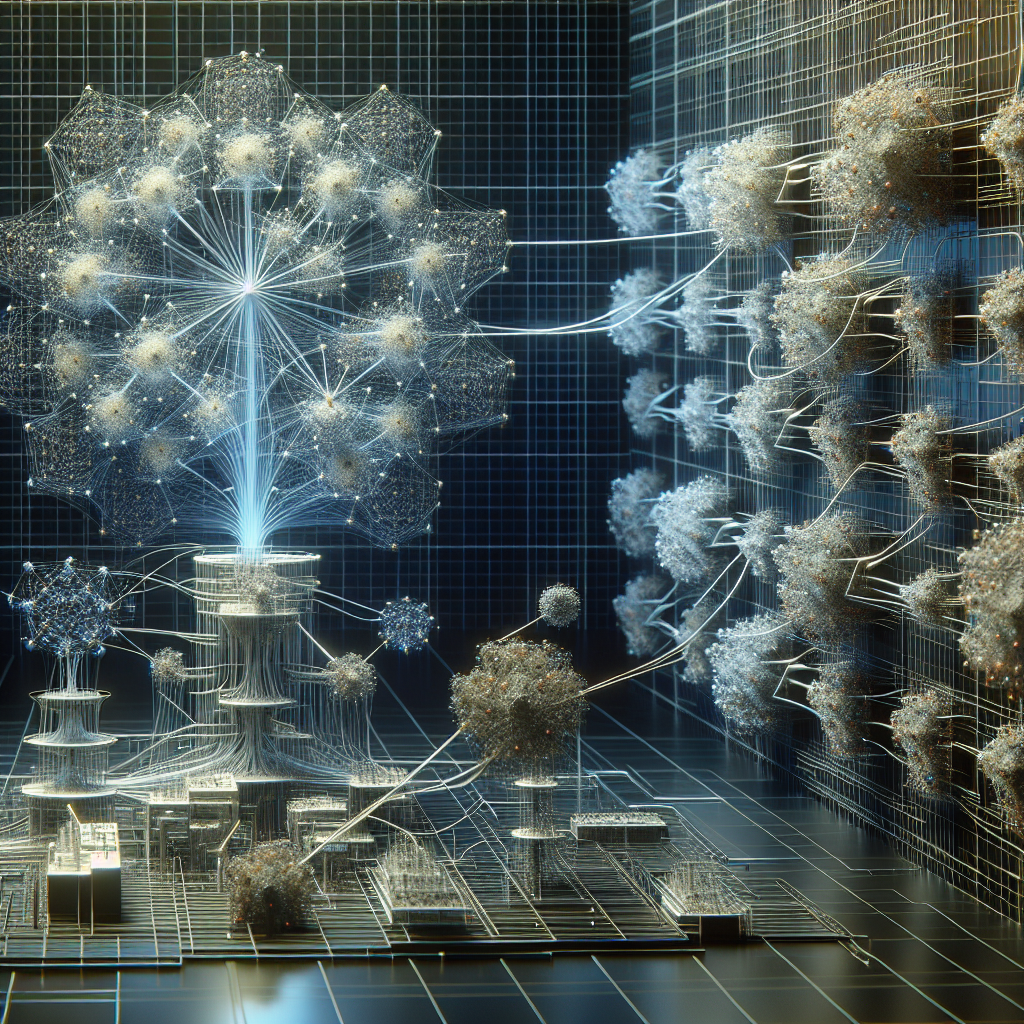
Suitability for Different Types of Neural Networks
Structured pruning is better for larger networks that need big changes quickly. Unstructured pruning is better for smaller networks that need precise changes without changing the overall structure.
Techniques and Tools for Effective Pruning
To get the best out of shrinking and speeding up our deep learning models, it’s crucial to know about cutting down parts that aren’t needed. There are a bunch of ways and tools out there to help with this trimming job, making things run smoother.
Pruning Techniques for Optimal Performance
- Keep tabs on the loss function while pruning. By seeing how much this affects our loss function, we can tweak how much we prune so that we shrink model size but still keep things running smoothly.
- Using stuff like L1 or L2 regularization helps us encourage our model to be more straightforward by getting rid of bits that aren’t doing much.
- Then there’s iterative pruning which means going through several rounds of cutting back and then training again.
Tools and Frameworks to Facilitate Pruning
- TensorFlow has built-in tools for pruning. It can be used to remove unnecessary parts of a model. It also works well with other parts of deep learning projects, making it useful for trimming things back.
- PyTorch is a popular framework for deep learning with pruning techniques. It’s easy to try different pruning methods and works well with many libraries.
Try GPU Cloud to Facilitate Pruning
Now I believe you’re clear about the difference and the tools you need. It’s time to start!
Novita AI GPU Instance provides a robust platform designed to enhance and streamline high-performance computing tasks, including advanced techniques such as pruning in machine learning models. Pruning is an optimization strategy that involves reducing the complexity of a neural network by removing unnecessary neurons and connections, thus improving computation efficiency and reducing model size without significantly compromising its accuracy.
Key advantages of using Novita AI GPU Instance for pruning include:
- Powerful GPU Resources: Equipped with top-tier GPUs such as the RTX 4090 and RTX 3090, Novita AI offers significantly higher computational power and speed compared to lower models like the RTX 3080. This allows for faster iteration and more complex model training and pruning processes.
- Integration with Major Frameworks: Novita AI GPU Instance fully supports popular deep learning frameworks such as TensorFlow and PyTorch. These frameworks have built-in support for techniques like pruning, making it easier for users to implement and optimize their models directly within the platform.
- Scalability and Flexibility: Users can easily scale their resources according to the demands of their pruning tasks. Whether dealing with small scale or large-scale neural networks, Novita AI accommodates varying computational needs efficiently.
- Cost-Effectiveness: By utilizing GPU resources on an as-needed basis, users can manage costs more effectively compared to maintaining expensive hardware setups. This pay-as-you-go model ensures that resources are economically utilized, tailored to the specific requirements of the pruning task.
- Global Accessibility: Novita AI’s cloud-based infrastructure means that GPU resources are accessible from anywhere in the world, providing flexibility and convenience for teams working remotely or in different geographical locations.

Conclusion
To wrap things up, it’s really important to get the hang of how structured and unstructured neural pruning differ if you want to make AI models better. Pruning methods are key for making sure these models work faster and more accurately. By picking out smart ways to prune and using the right tools, you can boost how well neural networks perform. Keeping up with new developments in pruning techniques will help you stay on top of your game in AI. Facing hurdles head-on and getting excited about what’s next for neural network pruning could lead to big improvements in both efficiency and effectiveness.
Frequently Asked Questions
What are the different types of pruning in neural networks?
Two broad categories of pruning are “weight pruning” and “neuron pruning”.
Can structured and unstructured pruning be combined for more efficient model compression?
Absolutely! Combining structured and unstructured pruning techniques can yield more efficient model compression by leveraging the benefits of both approaches.
How does structured pruning help with model compression?
Unlike unstructured pruning, which removes individual weights or neurons without considering their relationship to each other, structured pruning removes entire groups of weights or neurons that are deemed to be redundant or unnecessary.
Novita AI is the All-in-one cloud platform that empowers your AI ambitions. Integrated APIs, serverless, GPU Instance - the cost-effective tools you need. Eliminate infrastructure, start free, and make your AI vision a reality.
Recommended Reading: